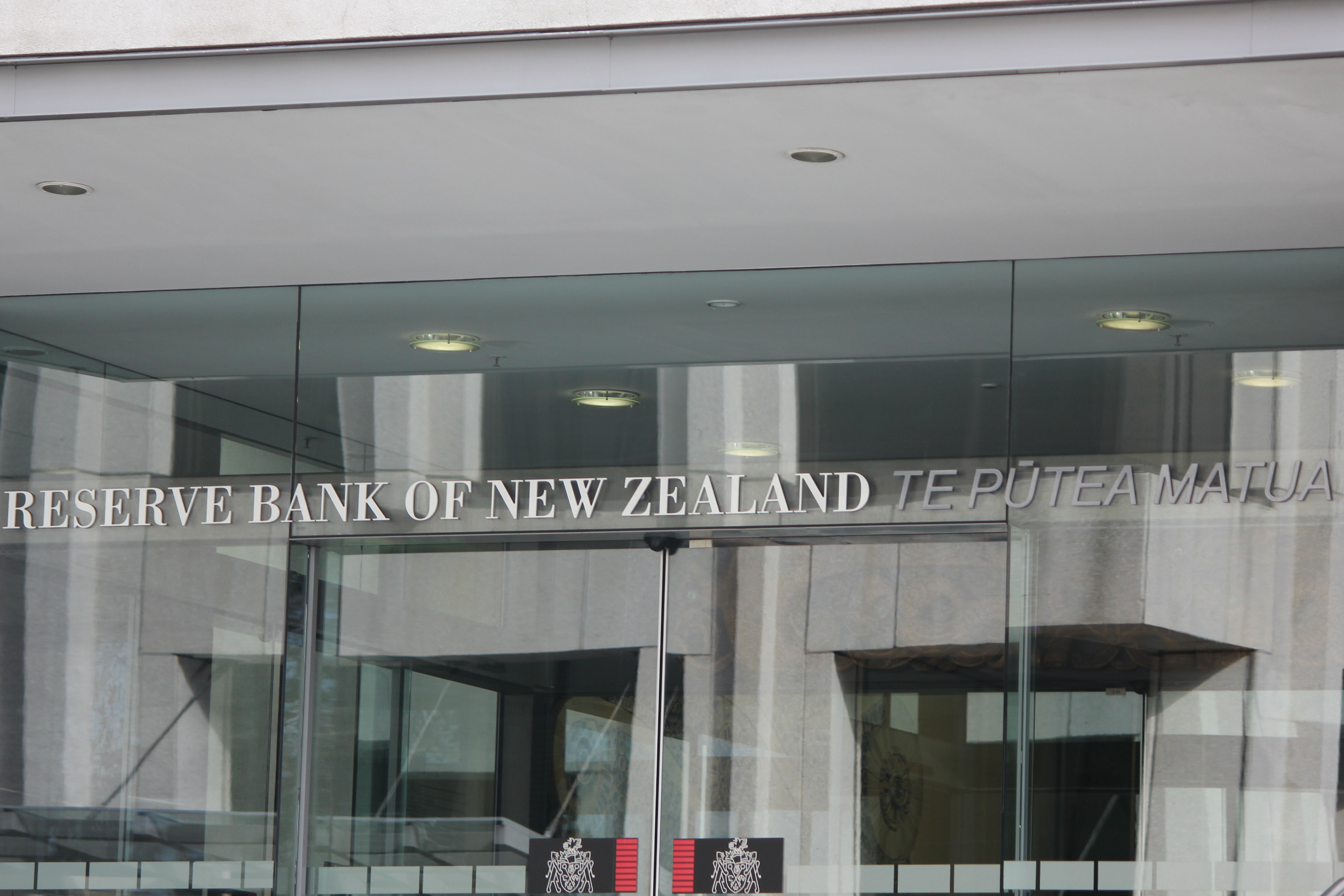For the third consecutive month, the Reserve Bank of New Zealand raised its benchmark interest rates on Wednesday evening, this time to 3.25%. Not only is the RBNZ the first major central bank to begin raising interest rates since the beginning of the global financial crisis, but they offered strong indications on Wednesday evening that further interest rate hikes are likely to follow.
Following the interest rate hike, the NZDUSD climbed to its highest valuation in over a month. It is widely expected that this coming Wednesday’s New Zealand GDP release is set to show that the New Zealand economy is rapidly expanding at above a 3% annualized level. 60% of economists are already predicting a further interest rate hike in July.
Shortly following the news that a hawkish RBNZ raised interest rates, close neighbors Australia released employment data which sent the AUDUSD just short of a yearly high. Although the Australian economy unexpectedly lost 5,000 jobs in May, the unemployment rate remained at a steady 5.8%, below the expected 5.9%. After analyzing the employment data in deeper detail, it turned out that the employment contraction last month was enticed by a decline in part time vacancies. In reference to full time employment, over 20,000 jobs were created in Australia last month.
In a major market surprise, BoE Governor Mark Carney sent the GBPUSD narrowly close to a five-year high, following remarks made at a keynote speech in London. Carney enticed a sudden surge in demand for the GBP, after publically announcing that a UK interest rate rise could happen sooner than the markets expects. Previously, Carney talked down the prospects of a UK interest rate hike, stating that the BoE was in absolutely no hurry to raise rates. This news has again soared suspicions that the BoE may now raise rates this autumn. Also last week, the UK employment rate fell to a 5-year low.
Advertisement
Moving on to the United States, economic performances were mixed last week. The week started positively following the news that US Small Business Optimism reached its highest level in over 7 years last month. This prompted suggestions that small business hiring and expenditure will increase, further elevating the recent progress noted in the employment (initial jobless claims and non-farm payroll) and capital expenditure (durable goods and factory orders).
Unfortunately, Thursday’s advance retail sales figure failed to extend the chances of a USD rally. After consumer expenditure advanced to its second highest level in 5 years last month, it was hoped that this would correlate towards an impressive advance retail sales performance. Advance retail sales increased by only 0.3%, short of the 0.6% expectation.
Analysts were quick to decipher why we are not yet encountering additional consumer expenditure, despite the employment sector making substantial progress. So far, the consensus is that average wage growth is not yet increasing to the levels required. Average wage growth increased by 2.1% (annualized) last month, but economists predict that this figure needs to be around 3% before we witness appreciated consumer spending. In theory, with job growth now expanding at pre-recession levels in the United States, this should correct itself. However, bearing in mind that the US economy is heavily reliant on consumer expenditure (70% GDP), patience for improved consumer expenditure releases will be thin.
Advertisement
What to Watch this Week: Looking ahead to the coming week, we have a variety of higher risk economic data released throughout the major economies. On Monday morning, we are expecting confirmation that EU CPI figures expanded at an annualised 0.5% in May and on Monday evening, the latest RBA minutes are released.
The RBA minutes pose a potential event risk for the week because last month, the RBA encouraged AUD weakness when they announced that the Australian economy is set to enter a period of weaker than expected economic growth. Despite the previous week’s GDP release impressing, it was quickly noted that 0.9% of the 1.1% quarter expansion was led by mining exports. The Australian economy is under pressure to sway towards domestic consumption and away from mining reliance. If the RBA reiterates its dovish comments from last month, or implies that there is going to be a decrease in demand for mining exports, there will be downside risks for the AUD.
Tuesday and Wednesday are the particular days of the week where a sharp increase in volatility is probable. Over these two days, we are expecting key data from the United Kingdom and United States economy. Starting with the United Kingdom, on Tuesday morning the latest UK CPI figures are released. UK inflation is a key benchmark for the BoE to consider an interest rate increase. The BoE’s inflation target is 2%. With Carney now seemingly softening his stance in regards to an interest rate hike, this has the potential to be a market mover.
Last month, the UK inflation level rebounded from a four-year low 1.6% to 1.8%. Since then, UK Services PMI’s (main contributor to the UK GDP) have expanded beyond expectations and UK retail sales growth reached a decade high. Any improvement on last month’s 1.8% CPI reading will likely extend demand for the GBP. A potential rally could extend into Wednesday’s now expectedly hawkish BoE minutes release.
Advertisement
Tuesday is also the start of the latest Federal Reserve two-day meeting. Although the FOMC decision on Wednesday is expected to be a further $10bn taper of the Federal Reserve’s Quantitative Easing program, there will be an added significance to this month’s Federal Reserve meeting because it is expected to be followed by an updated version of the Federal Reserve’s latest economic projection, and a live press conference from Federal Reserve Chair, Janet Yellen.
The media will be paying particular attention to Yellen’s tone, specifically any particular hints towards when the Federal Reserve may look to begin raising interest rates. Last month, Yellen confirmed that the Federal Reserve has begun discussing how they will raise interest rates, but added that no time frame for this has been discussed. Since the latest FOMC meeting, US economic data has been widely positive, apart from consumer expenditure. There is a suspicion that the Federal Reserve may pick up on this.
Finally, the week concludes with the latest New Zealand GDP release on Thursday morning, followed by a live press conference from the BoJ’s Kuroda on Friday morning. In reference to the New Zealand GDP, economists are expecting confirmation that the New Zealand economy is expanding at a level above an annualised 3%, and this will likely validate the RBNZ’s indications that there will be further interest rate hikes in the coming months.
*Ahmad is chief market analyst at FXTM
Advertisement
Add a comment







